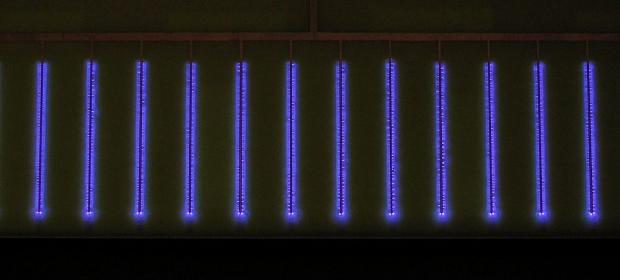
Breaking News
 Why Dual Engine Failure Changes Everything -- Louisville Crash Update
Why Dual Engine Failure Changes Everything -- Louisville Crash Update
 Transforming Storage Shelf / Workbench - Small Space Organization
Transforming Storage Shelf / Workbench - Small Space Organization
 Our 3-Step Strategy for a Stress-Free Pantry
Our 3-Step Strategy for a Stress-Free Pantry
 BEHIND THE DEEP STATE | The War on Farms
BEHIND THE DEEP STATE | The War on Farms
Top Tech News
 HUGE 32kWh LiFePO4 DIY Battery w/ 628Ah Cells! 90 Minute Build
HUGE 32kWh LiFePO4 DIY Battery w/ 628Ah Cells! 90 Minute Build
 What Has Bitcoin Become 17 Years After Satoshi Nakamoto Published The Whitepaper?
What Has Bitcoin Become 17 Years After Satoshi Nakamoto Published The Whitepaper?
 Japan just injected artificial blood into a human. No blood type needed. No refrigeration.
Japan just injected artificial blood into a human. No blood type needed. No refrigeration.
 The 6 Best LLM Tools To Run Models Locally
The 6 Best LLM Tools To Run Models Locally
 Testing My First Sodium-Ion Solar Battery
Testing My First Sodium-Ion Solar Battery
 A man once paralyzed from the waist down now stands on his own, not with machines or wires,...
A man once paralyzed from the waist down now stands on his own, not with machines or wires,...
 Review: Thumb-sized thermal camera turns your phone into a smart tool
Review: Thumb-sized thermal camera turns your phone into a smart tool
 Army To Bring Nuclear Microreactors To Its Bases By 2028
Army To Bring Nuclear Microreactors To Its Bases By 2028
 Nissan Says It's On Track For Solid-State Batteries That Double EV Range By 2028
Nissan Says It's On Track For Solid-State Batteries That Double EV Range By 2028
Will Future Planes Fly On Wings Of Plasma?

Air is a drag. The very fluid that makes flight possible also pulls against airplanes, creating friction and resistance as they fly through the sky. With a buzz and a light blue electric glow, researchers are experimenting with plasma as a tool to manipulate air around airplane wings, reducing drag and saving on cost. Plus, the airplane wings would glow electric blue, which honestly feel like reason enough
The science of plasma for aerodynamics isn't particularly new; the Soviet Union had a program studying it, and there's been decades of international research on it since the fall of the Berlin Wall.
What's changed is both the kinds of aircraft that might be able use it, and the power available. Plasma as a tool for directing airflow is particularly appealing on tiny electric-powered aircraft, like drones, where space is at a premium.

 Carbon based computers that run on iron
Carbon based computers that run on iron

